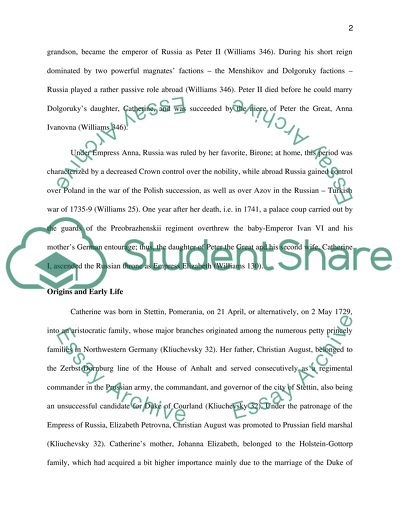Cite this document
(“Catherine the Great Research Paper Example | Topics and Well Written Essays - 2000 words”, n.d.)
Retrieved from https://studentshare.org/history/1634078-catherine-the-great
Retrieved from https://studentshare.org/history/1634078-catherine-the-great
(Catherine the Great Research Paper Example | Topics and Well Written Essays - 2000 Words)
https://studentshare.org/history/1634078-catherine-the-great.
https://studentshare.org/history/1634078-catherine-the-great.
“Catherine the Great Research Paper Example | Topics and Well Written Essays - 2000 Words”, n.d. https://studentshare.org/history/1634078-catherine-the-great.


